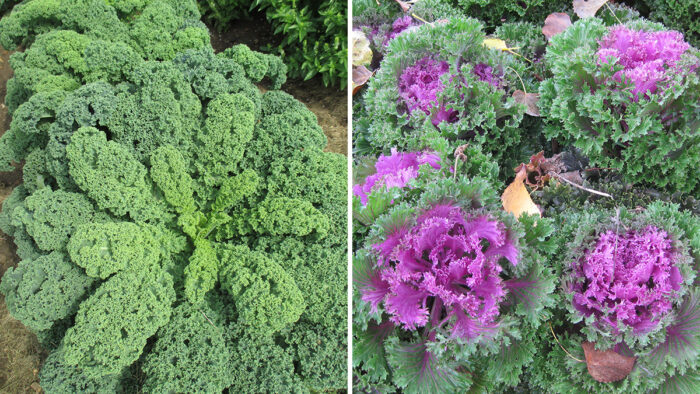
As we settle into our summer gardens in the Midwest, the autumn seems to be in the distant future. However, the fall season always seems to arrive before we know it. And with some foresight and planning we can enjoy the rewards of the color, texture, and taste of kale (Brassica oleracea cvs., Zones 7–11) as the temperatures continue to dip. Even if you included kale in your spring and summer garden, the value of another planting will be realized when the cooler weather of autumn brings about increased coloration in many kale selections and entices the best flavor (sweet and nutty) of these cold-tolerant, leafy vegetables.
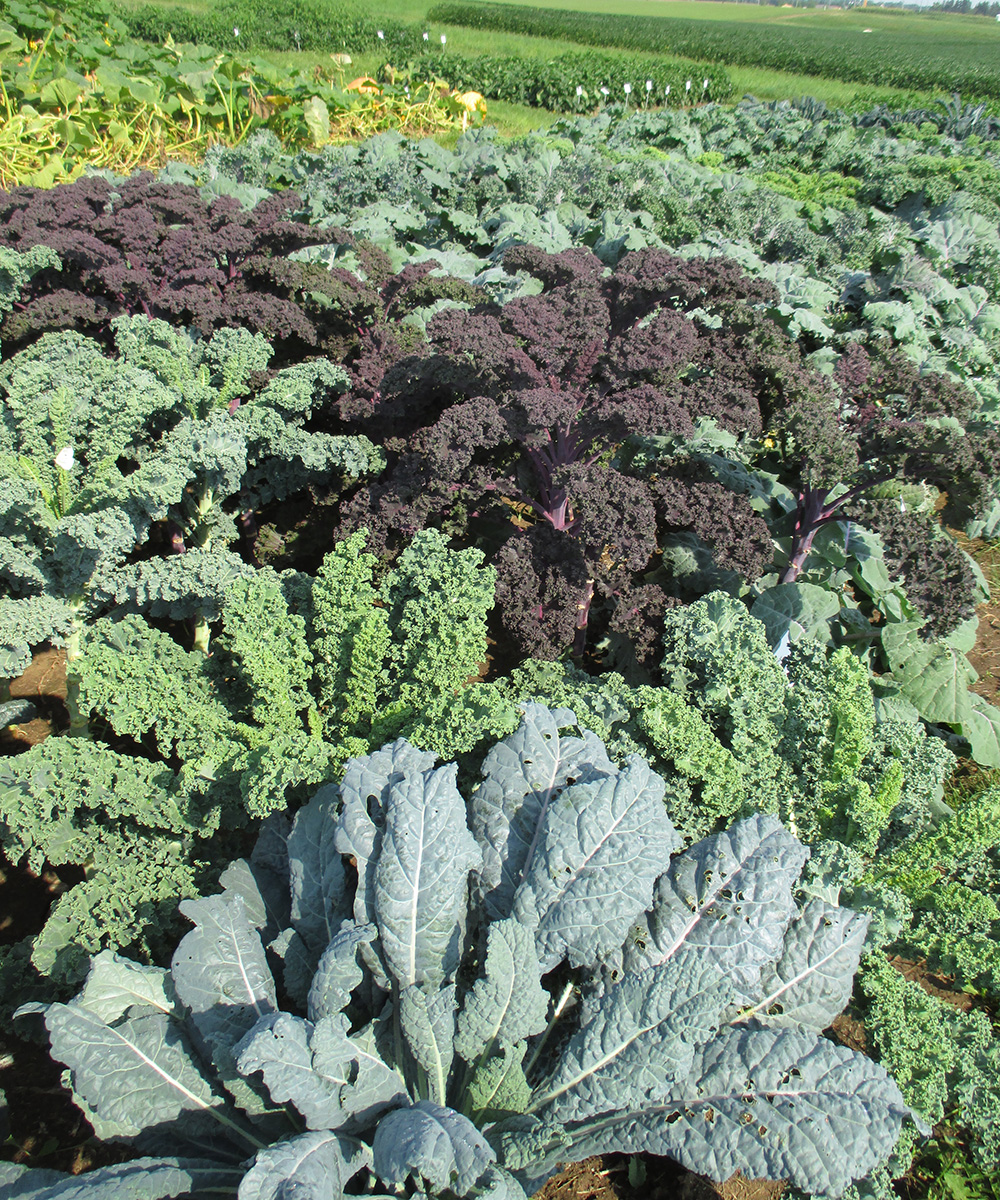
Cool temperatures encourage the best leaf colorations
Resilient and cold hardy in lower temperatures (down to the low 20 degrees F), many kale varieties get more intensely colorful foliage into late summer and fall—with the best coloration coming as the evenings become lightly frosted. While edible, many kale selections have been developed primarily for intensity of fall color, with strong hints of white, pink, and maroon. The curled kales offer an amazing range of textures in the garden and are truly “ornamental edibles.”
Kale is no slouch in the kitchen either
Kale leaves, frequently utilized as microgreens, also reach peak flavor after a light frost. Kale is a wonderful and healthful addition to smoothies, and the tender leaves are delicious in salads. Kale can be steamed, stir-fried, or substituted for spinach in a wide range of recipes. Kale leaves can keep well for at least a week in the fridge in a loose, plastic produce bag with a damp paper towel. A half cup of kale has a day’s supply of vitamins A and C, quite a bit of calcium, and only 22 calories. Suffice it to say that kale is one of the most nutrient-dense plants on the planet. Its benefits can be extended when the leaves are processed and frozen.
Kale is easy to grow with a little care and the right conditions
Kale requires fertile soil, which should be amended with compost if available. Although it prefers full sun, kale can tolerate partial shade. Kale seeds can be sown in advance, with new seedlings incorporated into open spaces in your veggie garden. From seeding to harvest for kale is about three months, so time your “kale integration” accordingly for fall enjoyment. Many garden centers and nurseries also sell kale plants late in the season, primarily for their ornamental value, which is not insignificant.
Keeping the roots mulched and cool and the plants well-watered results in the best plant and leaf flavor. Pick leaves from the sides, discarding yellowed or ragged foliage, but avoid damaging the center of the plant, and leave at least four leaves intact. Inspect your kale on occasion for potential insect and disease problems.
Kale favorites for your garden and culinary enjoyment
Research the wide range of kales for the late-season garden to add color and interest but also for the significant taste and nutrition provided by this super-food. Here are some of my favorite selections for garden color, texture, and taste.
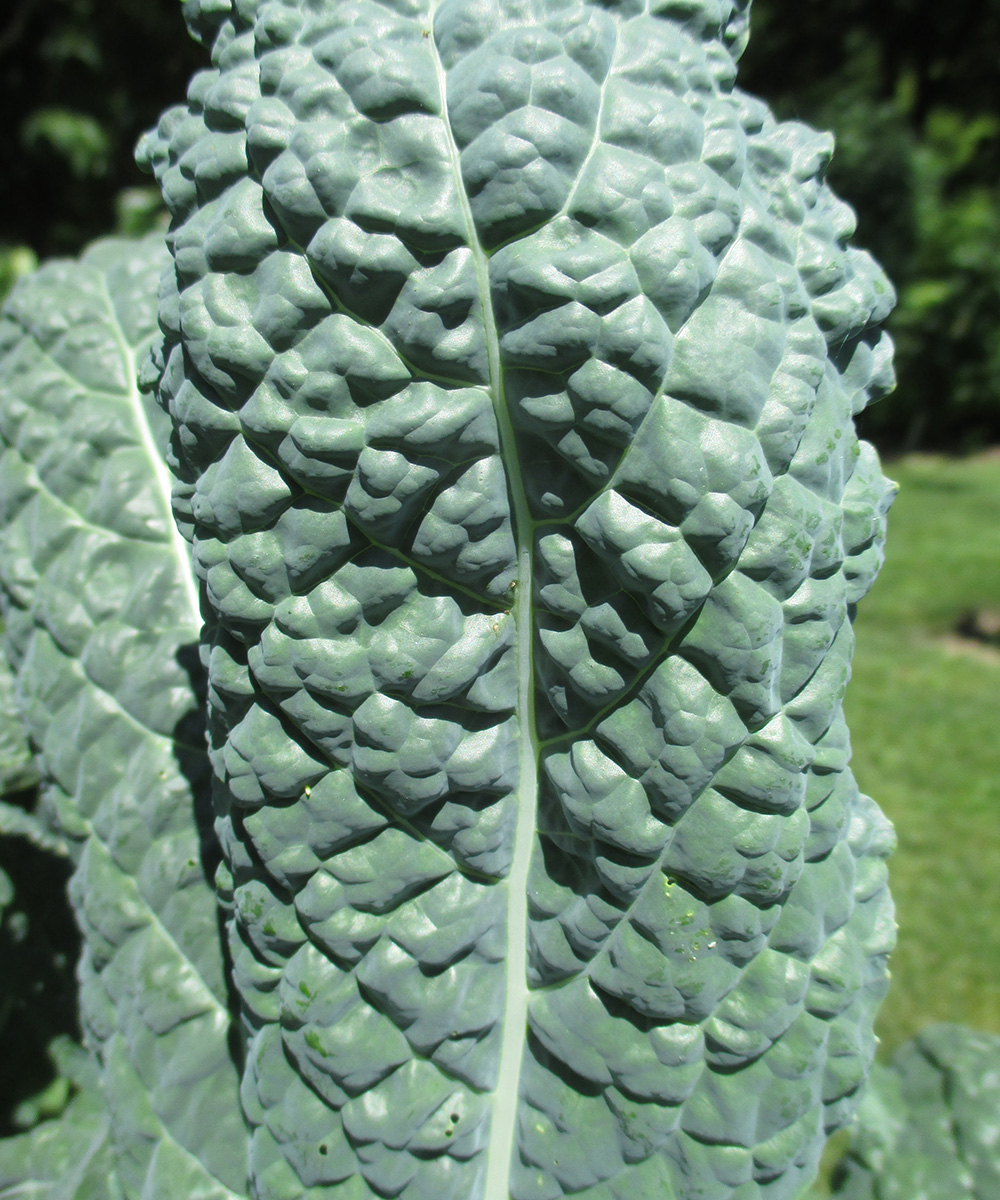
‘Nero di Toscana’ (syn. ‘Black Tuscan’). This selection is thought to be one the best-tasting varieties and is prized by chefs in Italy. With amazing blue-green, puckered foliage, this kale is also a notable ornamental throughout the growing season.
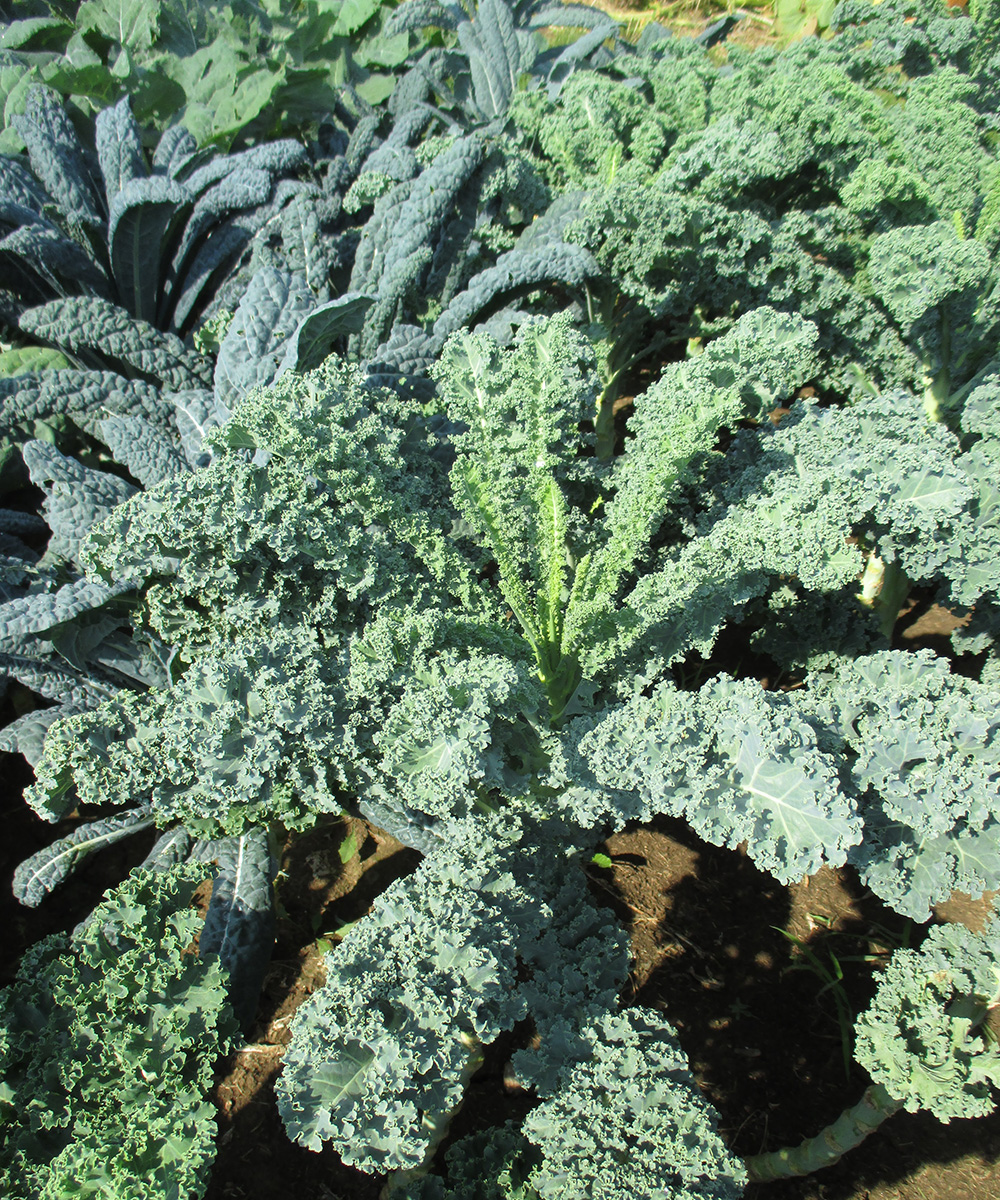
‘Meadowlark’. This is a very cold-tolerant kale with narrow, tightly curled leaves. Edible and ornamental at the same time, this variety continues to emerge as one of the most popular in the kitchen as well.
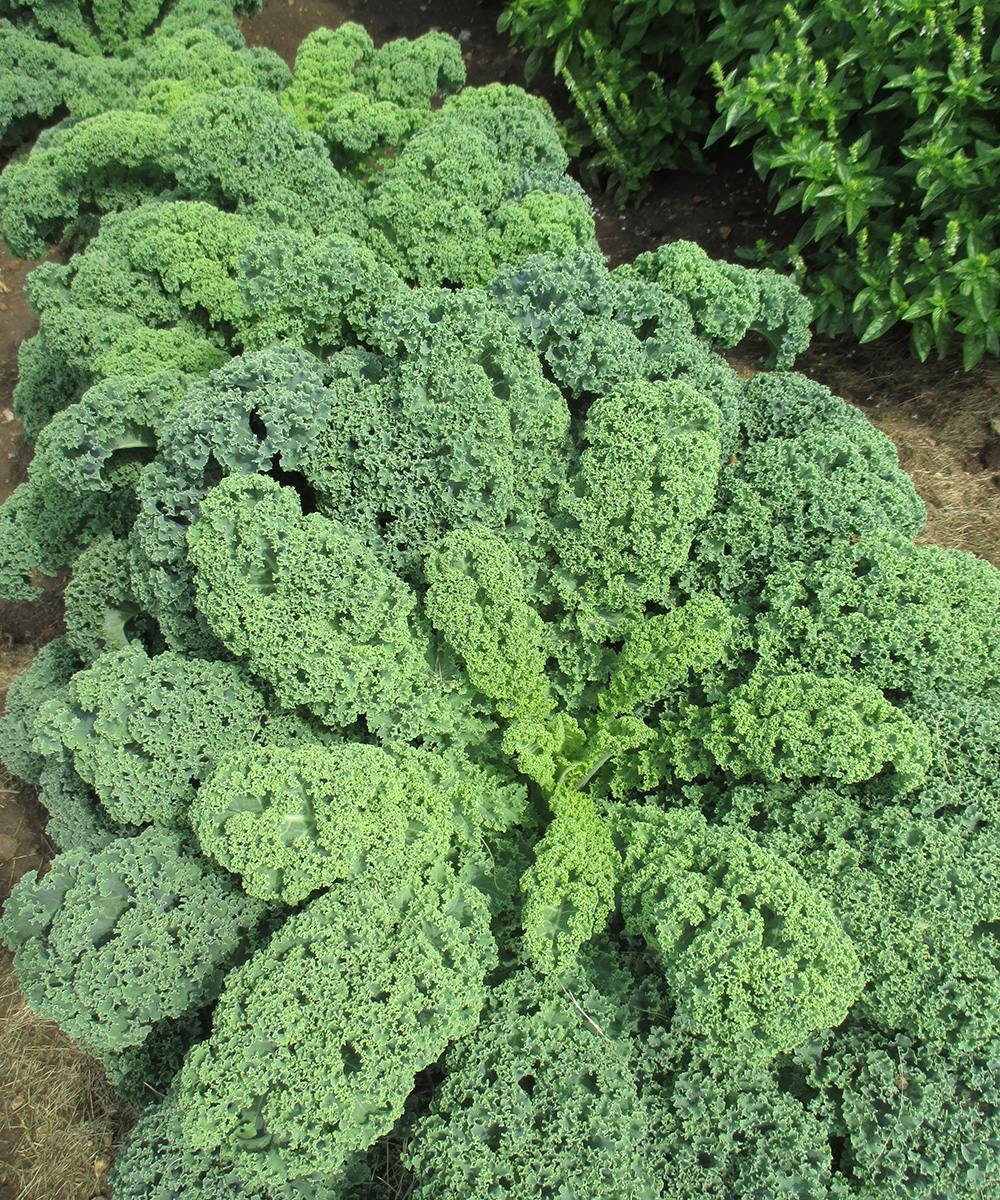
‘Prizm’. Featuring short, tight, ruffle-edge leaves, this 2016 All-America Selections (AAS) winner has excellent flavor and is an all-purpose variety for ornamentality too. The fine texture of this variety is notable from both near and far in the garden.
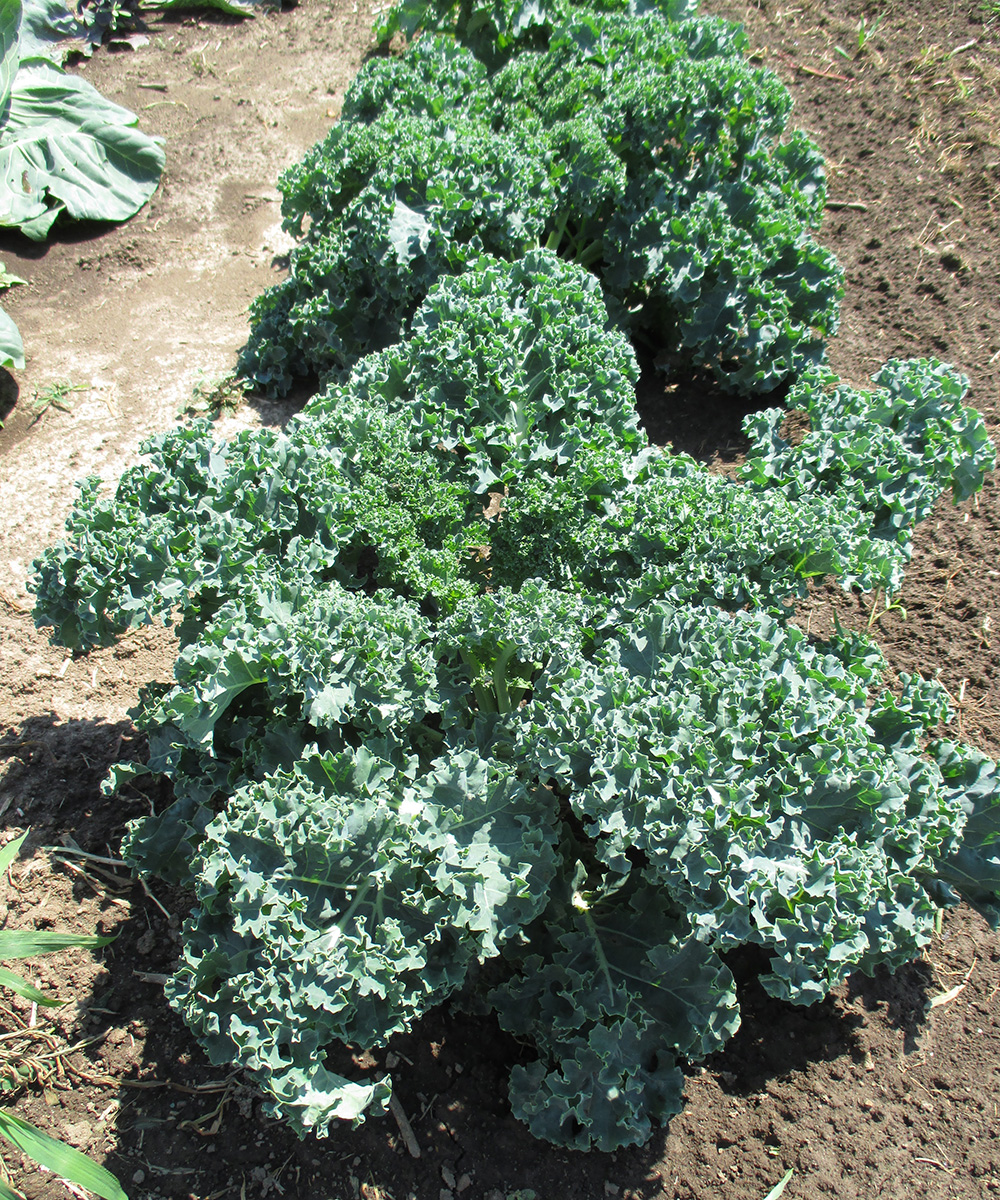
‘Starbor’. The finely curled, blue-green leaves on this compact, high-yielding selection are the perfect scale for harvesting the entire plant. This is a nice kale for a tight garden location in a row or a container.
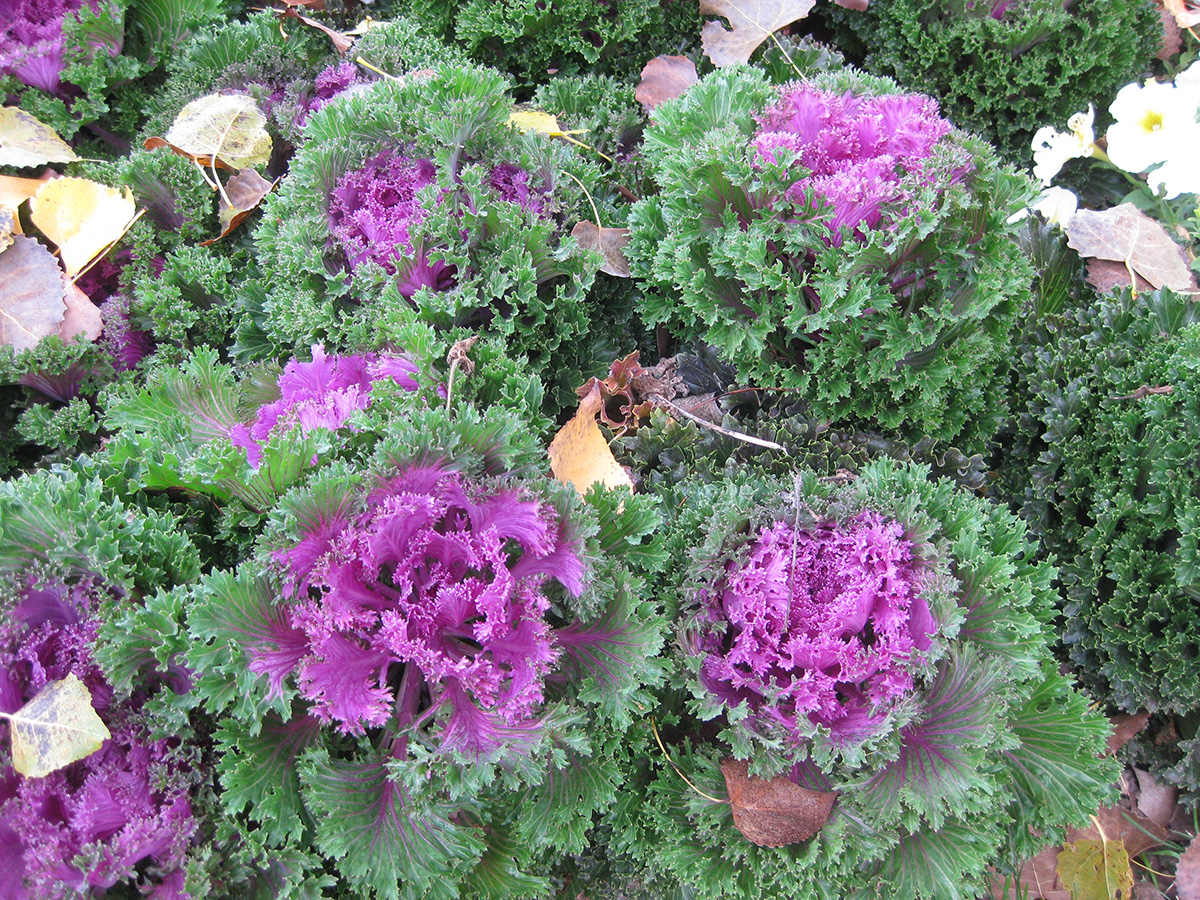
‘Glamour Red’. While edible, this 2011 AAS winner is a fringed-leaf type with glossy leaves that feature a vivid, hot pink burst of color extending well into fall. This kale looks great throughout the entire growing season and gets more beautiful with age.
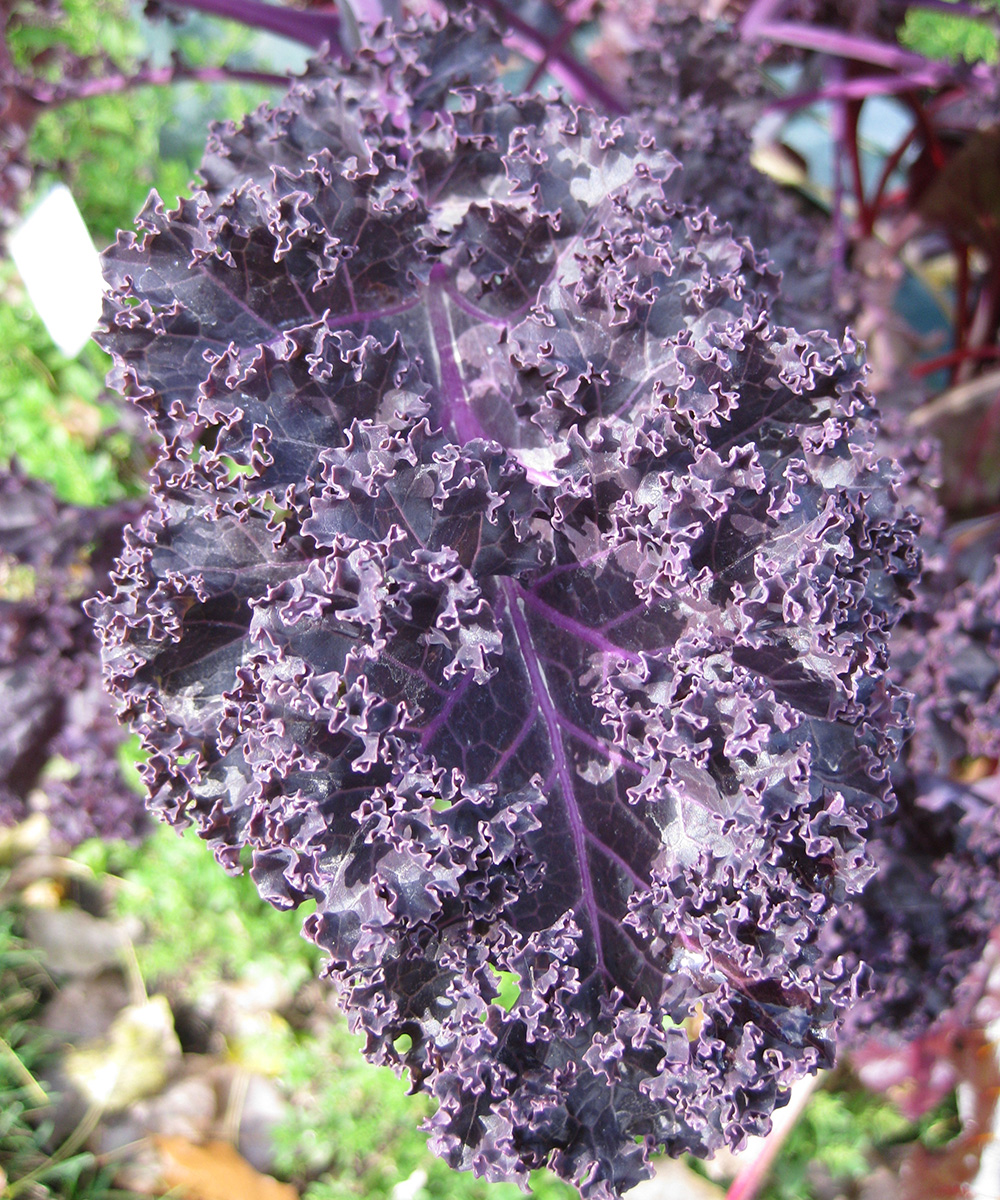
‘Redbor’. Long popular as an ornamental, this kale features ruffled, purple-red foliage with intense color and texture that improves in fall. While edible, this selection is commonly sold for its looks at nurseries and garden centers.
—Mark Dwyer is the garden manager for the Edgerton Hospital Healing Garden in Edgerton, Wisconsin, and he operates Landscape Prescriptions by MD.
Fine Gardening Recommended Products

Ho-Mi Digger - Korean Triangle Blade
Fine Gardening receives a commission for items purchased through links on this site, including Amazon Associates and other affiliate advertising programs.

Nesco Snackmaster Express Food Dehydrator
Fine Gardening receives a commission for items purchased through links on this site, including Amazon Associates and other affiliate advertising programs.

Chapin International 10509 Upside-Down Trigger Sprayer
Fine Gardening receives a commission for items purchased through links on this site, including Amazon Associates and other affiliate advertising programs.



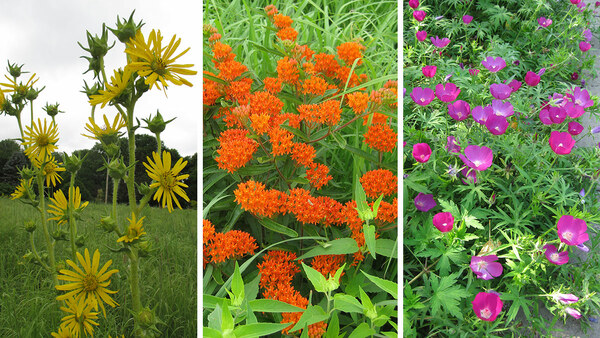

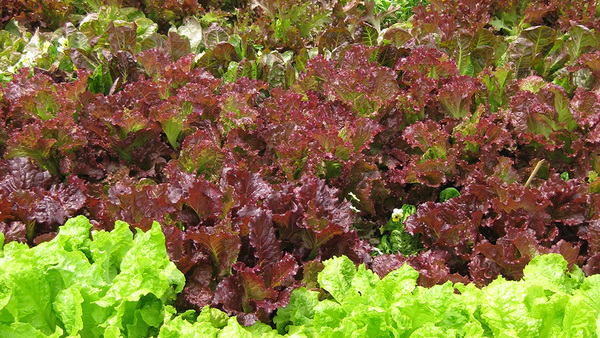













Comments
Log in or create an account to post a comment.
Sign up Log in